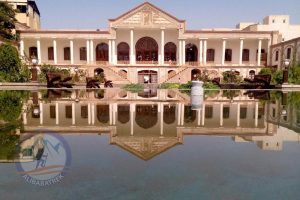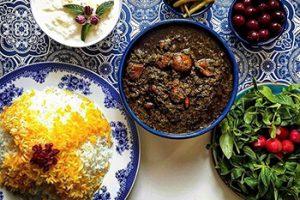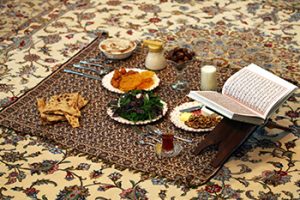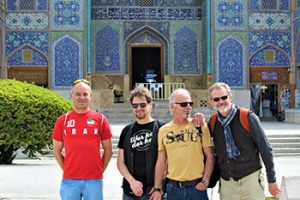Tabriz
Iran's former capital and rich in historical and cultural heritage; home to the one of the world's best bazaars.
Rich in Azeri culture, this expansive city is in the northern western part of Iran and capital of East Azerbaijan province. Clues in the bible hint to Talkhe Rud (meaning Bitter River) which flows out of paradise. Thus, putting Tabriz at the doorsteps of Garden of Eden.
Due to its location and inclusion in the Silk Road market, Tabriz has a very rich historical and cultural heritage. Its bazaar, flourishing and prosperous, snakes through the city center and is among the world’s best. Its carpets are amazing; its streets, clean; its traditional hammams and teahouses, gorgeous and welcoming; and its transportation is easy and passenger-friendly; all this makes for an excellent introduction to Iran for visitors.
Tabriz is comfortably stretched out on a high hill between the towering Sahand Mt. and the Lake Urmia. Known for its intimidating winters, the city has mild summers and springs.
Shahgoli Park
Shahgoli in Tabriz, a historic park with an artificial lake, is favored by dating couples and summer joggers. Its sizeable green park surround the lake in the center of which there is an attractive pavilion and palace remaining from the Qajar era. The building, now, has turned into a restaurant. You can access Shahgoli by taking the metro on line 1.
Blue Mosque
Built by the “King of World”, Jahan Shah, the in late 15th century, Blue Mosque is famous for its intricate and labyrinthine mosaics work made from turquoise. It was a celebrated construction of its time, but regrettably, it was harshly defaced in a late 18th century earthquake. Now, only the entrance hall (main iwan) and the Jahan Shah’s burial chamber has remained undamaged. The head building has been completely restored from the tremor, however, the overall restoration has been unhurried. The original main iwan still has the once-impressive dark turquoise mosaics work.
When the structure was erected, it took 25 more long years for local artisans to embed the tiles as well as the calligraphy onto the surface of the mosque. Its interior is blue-ish as well and there has been many lost ornaments which were arduously inscribed onto the walls and the authentic tiles.
There is also another domed room, a bit far away from the main iwan, which served as a mosque for the royalties of the time.

Qajar Museum
Located in Amir Nezam House in one of the oldest neighborhood of Tabriz, this museum is dedicated to the Qajar era. The premise of the house covers a not-so-modest area of 1200 square meters. Though turned into a museum about the royal family of Qajar since 2006, this monument was built during the reign of Abbas Mirza, the Crown Prince of the dynasty. Since then, the Amir Nezam House has been, occasionally, used as residencies of officials including governors of the Azerbaijan province.
Unfortunately, this precious monument has not had a proper upkeep all the time. However, between the years of 1993 and 2006, the house has been under substantial restoration. It has been inscribed on the Iran’s National Heritage list, granting it protection from the government.

Mausoleum of Poets
Mausoleum of Poets, or locally called as Maqbarat-o-shoara, is a burial ground which is home to many famous contemporary as well as classical poets. It was built during the 70s by Arts and Cultures Secretary of East Azerbaijan of the time. This cemetery has a myriad of notable people of Tabriz: poets, scientists, mystics as well as other eminent people of Tabriz lie underground there. Officials have attempted to restore and redecorate the historical cemetery area.

Bazaar of Tabriz
This impressively huge and unique bazaar in Tabriz is among one of the best examples of bazaar in the whole world and is listed in the UNESCO World Heritage List. It covers a magnificient 7000 square meters, enjoys 24 caravanserais as well as 22 timchehs which are domes hall where merchants had shops. Its original construction was started about a thousand years ago, however, most of its brilliant brick work goes back to the 15th century. There’s no recommended way to visit this bazaar; just find yourself a proper entry point (like Ferdowsi shopping center) and just get lost in the labyrinthine area.
There are some great bazaars; namely: Amir Bazaar for jewelry and gold, mozaffarieh for world-quality carpets, the spice bazaar which also has herbal remedies and many more which sell Azeri hats, vegetables and fruits, copper and silver, leather etc. It is a very lively traditional bazaar.
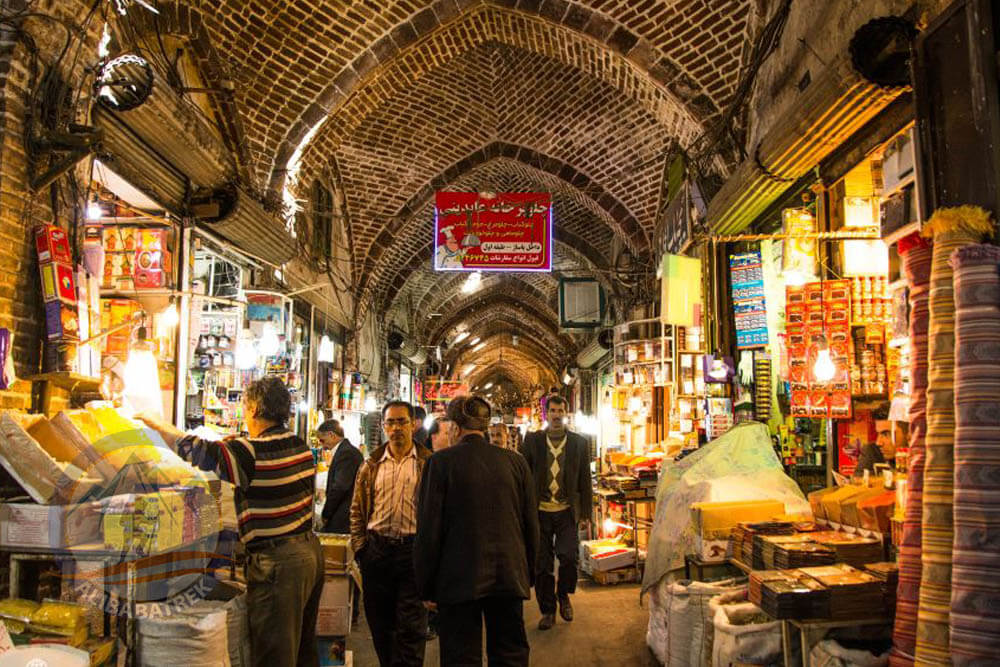
Arg-e Tabriz
Located in Imam Khomeini St., Arg-e Tabriz is a plump building dating back to early 14th century architecture. Aka as “the Ark”, it is believed that lawbreakers and thieved were, long time ago, put to death by thrown from the summit of the walls.
There is also some historical background to the Arg as well. The Russian Army used the castle as their commanding base when they invaded the country in 1911. Unhappily, the castle is being overlooked by the even more huge Imam Khomeini Mosalla construction adjacent to the historical Arg. It is currently closed off to visitors.
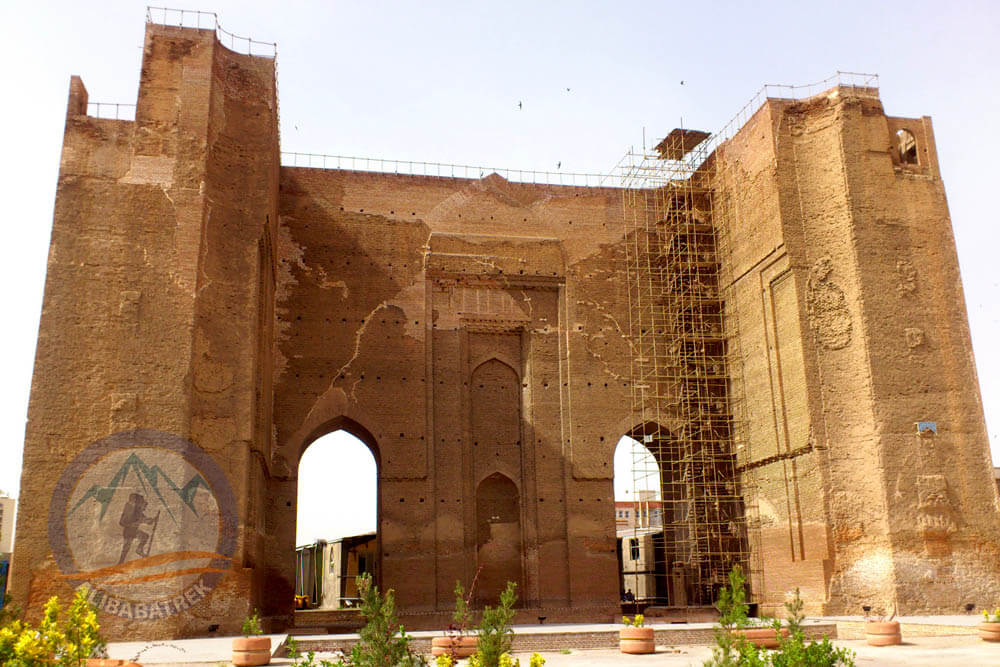
Azarbaijan Museum
The entrance of the museum is a special one: an impressive brick doorway accompanied by wooden doors and protected by stone rams. In the first floor of the museum, you can see archeological finding dating back to the Iran Age, coming from the world-famous Hasanlu Tepe. In fact, Hasanlu was a small residential city that progressed into a stronghold over the course of 4000 years. There, the museum showcases the finding from the ancient citadel including copper helmets which are three thousand years old and stone handbags. These, back in their time, were symbols of wealth and aristocracy which were protected by provincial treasure houses of the time.
The subterranean floor of the museum showcases a local artisan’s magnificent (and worrying, too) allegorical portraits of life and war in sculptures. On the second floor, you can find a re-weave of the famed and high-quality Ardebil carpet, considered to be one of the world’s best.

Tabriz Photo Gallery
General Info
- Population: 1,558,693
- Area: 324 km² (125 sq mi)
- Elevation: 1,351.4 m (4,433.7 ft)
- Climate: Steppe
- Avg. Annual Temperature : 11.6 °C
UNESCO Heritages
- Tabriz Historic Bazaar Complex
- Culture
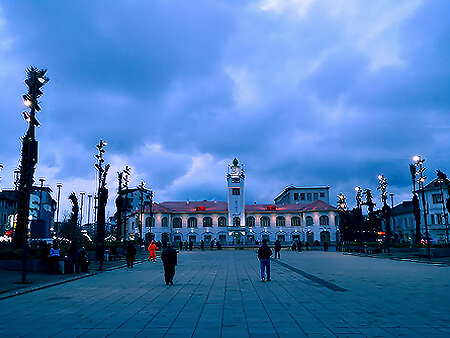

Exploring Iran thoroughly and completely
The best Iran tour for those who have enough time and want to explore Iran completely. During this Iran travel tour, you can visit Tabriz, Ardabil, Rasht, Qazvin, Hamedan, Kashan, Yazd, Shiraz and… By joining our most comprehensive Iran tour package you can visit all of the important cities of Iran.
- 21 Days
- 4 Seasons
- Phys. Rating: 1 out of 5


